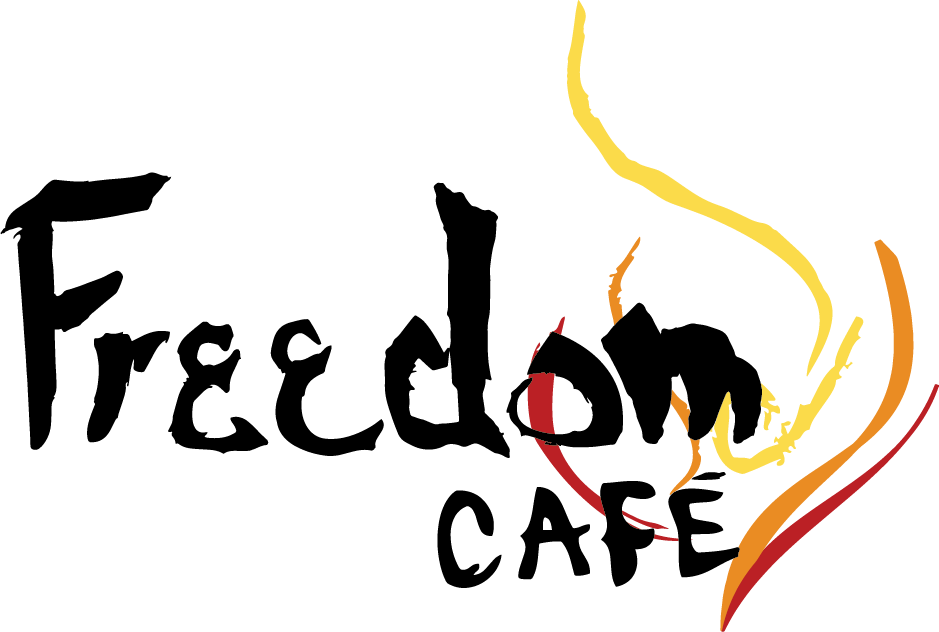UN Photo by Milton Grant
Tea
After water, tea is the world’s most popular beverage, with over 3 billion cups being drank every single day. In the last two decades alone, tea consumption has increased 60% as reported by StopTheTraffik in 2017. The most popular tea-growing nations include China, India, Kenya, and Sri Lanka, and they all have one thing in common: large instances of human trafficking. But these countries are not alone. 7 million new victims are forced from tea farms into human trafficking each year. Where the chocolate industry employs the use of forced labor on their farms and plantations, people who live and work on tea plantations are targeted by human traffickers and are trafficked into forced labor, domestic servitude and commercial sexual exploitation. The tea supply chain has many stages – but it is on the plantations where tea is grown and harvested that there is a real problem of human trafficking.
Why is this different than other trafficked goods?
As with any product, the tea supply chain is intricate and hard to navigate. Simply put, the five main steps are: growing, processing, auctioning, blending and packaging, and finally the retail marketplace. One interesting aspect of the tea industry is that human trafficking has no implications in any stages of the supply chain except the very first one: growing. It is on these plantations that workers are exploited for free labor and their families are manipulated into multiple different forms of trafficking, such as child labor and sex trafficking.
What can I do to help?
The best way that consumers can help aid in the effort to end human trafficking, specifically in the tea industry, is to begin a trend within the tea-buying community. Companies will be more willing to invest money into purifying their supply chains if their customers force a change: this is where you come in. By simply buying fair-trade tea instead of the cheap alternative, you are showing large-scale tea companies the importance of paying living-wages and providing a safe environment for workers and their families.



